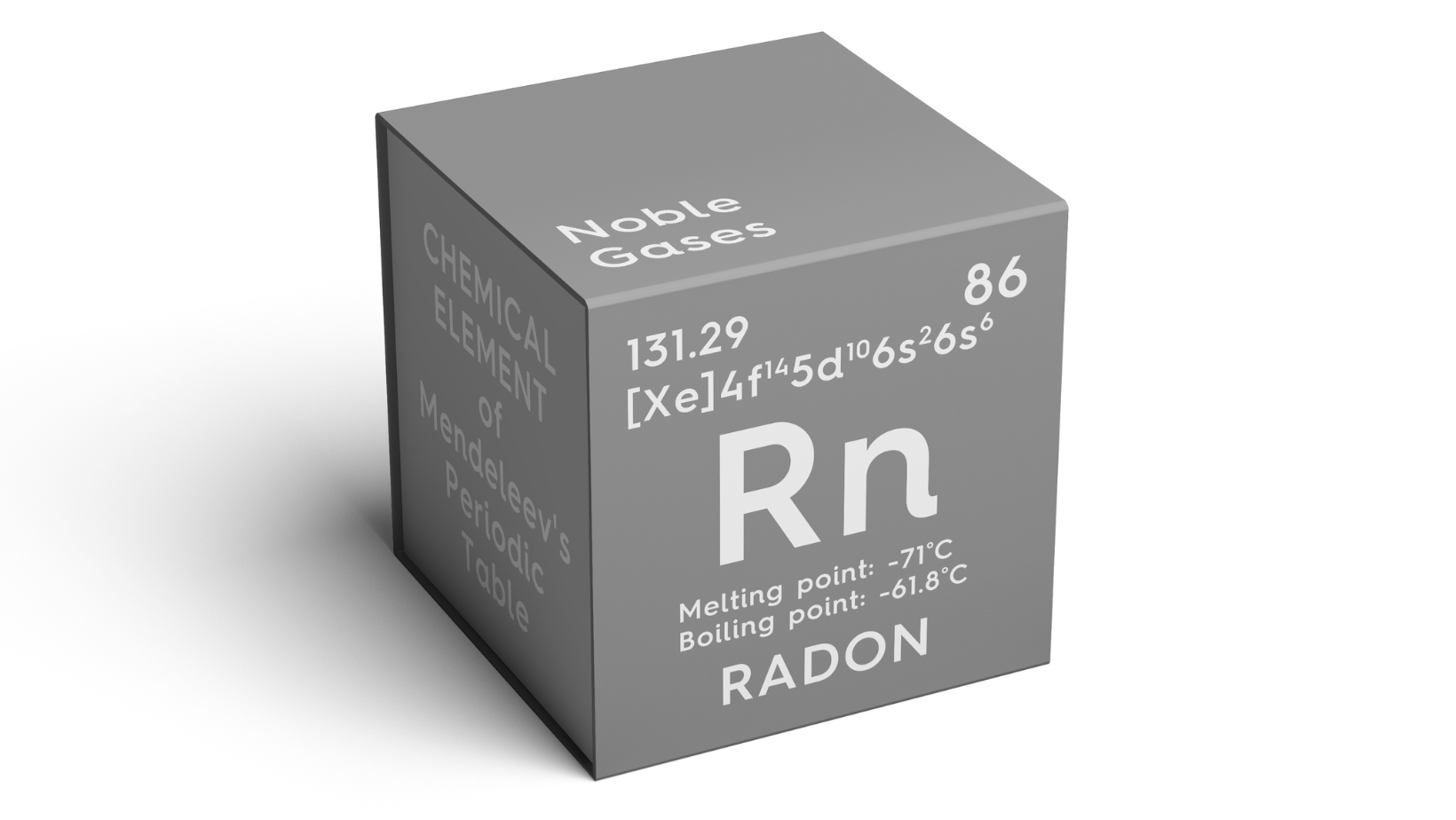Radon In DC Homes
Information on detection, testing and remediation tips for Radon in Washington DC homes.

What is Radon?
Radon is a form of ionizing radiation; an odorless, tasteless and invisible gas produced by the decay of naturally occurring uranium in soil and water.
Uranium and radium are both commonly found in soil and are released harmlessly into outdoor air. Problems occur when Radon is trapped inside, where it becomes a proven carcinogen.
Work With Us
We promote transparency, fairness and outstanding value for your DC real estate representation.
Chat on Whatsapp
Bullet Points
- Radon testing is available
- Research mediation methods
- Decide if you want to test pre-sale
Related to this
Where is Radon Found?
Radon has been found in elevated levels in every state in the U.S. and in the District of Columbia. According to EPA statistics, one in every 15 homes has elevated radon levels.
Radon gas starts out in the soil and enters through cracks in the foundation or walls, openings around floor drains, pipes and sump pumps. Once trapped in the home, it can build up and create a health hazard. It can infiltrate from soil in any location around or under a home, even if it doesn’t have a basement, crawl space, or is built on a slab.
Radon Testing
The EPA and the Surgeon General recommend testing for all types of homes at or below the third floor;
A home inspector can perform testing during a standard home inspection. There is an additional cost, and the inspection will be a two part appointment rather than a single appointment;
Washington DC homeowners can test themselves, by ordering a free test kit from the DDOE. District residents can call the Radon hotline at (202) 535-2302 or submit online at request free test kit;
Testing involves placing a detector in a designated area, making sure the environment is not disturbed (airing out) for the prescribed number of days, then sealing the detector back in the package. If it is determined that there is a build-up in an area of the home, use only recommended mitigation methods.
When Radon Mitigation Is Recommended
The EPA recommends the reduction methods if levels in the home exceed 4 pCi/L (or 0.02 working levels [WL] if your lab uses that reporting method).
Radon levels less than 4 pCi/L still pose a risk, and in many cases, may be reduced with mitigation.
Take steps to prevent device interference when conducting a radon test. Radon is estimated to cause thousands of lung cancer deaths in the U.S. each year.
Common Radon Mitigation Methods
Soil Suction: This is a system that draws Radon from underneath the home, then vents it away using pipes;
Sealing Infiltration Points: Sealing limits the flow into the home Pressurization This method uses a fan to create pressure differences that help keep Radon from entering the house;
HRV (Heat Recovery Ventilator): Installed to increase ventilation, HRV uses the heated or cooled air being exhausted to warm or cool the incoming air. This type of system is most effective when used to ventilate only the basement of a house. Heating and cooling costs will likely rise when an HRV system is in place.
Your radon mitigation contractor can offer complete details about different types of reduction systems and will be in a better position to recommend the “best” system for your house after determining how Radon is entering your home. Costs vary, but most systems can be installed for $1,000-$3,000.
Your mitigation contractor can offer complete details about different types of radon reduction systems and will be in a better position to recommend the “best” system for your home.
New construction: You can have an inspection performed as part of your general home inspection. Installation of a mitigation system is less expensive if the work is performed while the home is being built, but most builders will not allow a vendor to work on the home until it is delivered. If you’re building a custom home or the builder will allow it, however, take advantage of the timing and savings..
Testing For Radon Before Selling Your Home
If you are selling your home, you may opt to have it tested for radon before listing. If your inspection report determines that mitigation is required, you’ll need to perform the work and provide the inspection report with a copy of the mitigation completion report and invoice to potential buyers.
For new homes, ask if radon-resistant construction features were used and if the home has been tested. Undertake mitigation if the home if the radon level is 4 picocuries per liter, or pCi/L, or higher.

